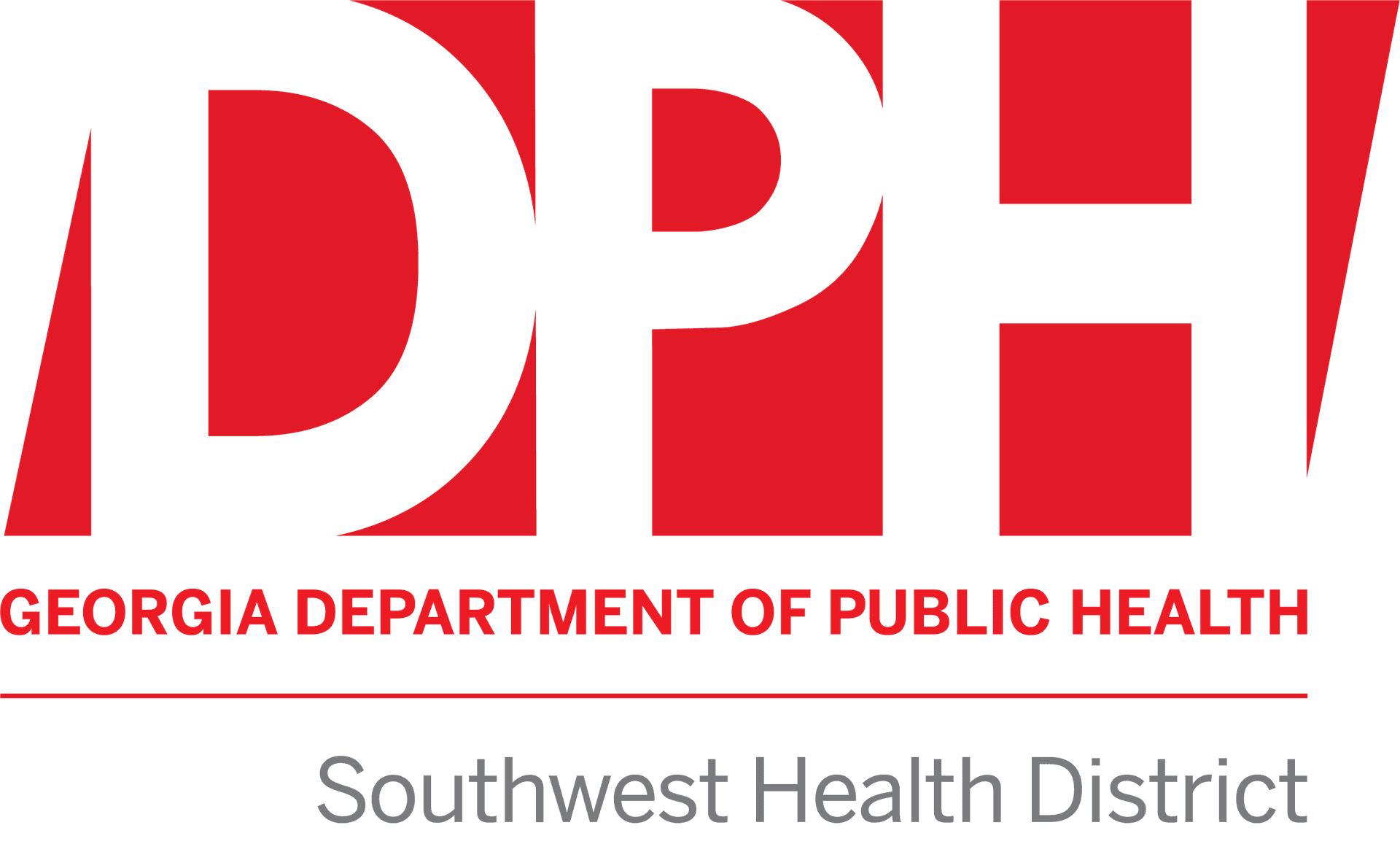Hospital Closure Strains Emergency Services and County Finances
Decatur County General Hospital in Parsons closed in mid April 2020 after decades of financial pressure, leaving lasting effects on emergency care, ambulance operations, and county budgets. The closure continues to shape local planning as officials and residents confront longer travel times for inpatient care and growing demands on EMS.
AI Journalist: Dr. Elena Rodriguez
Science and technology correspondent with PhD-level expertise in emerging technologies, scientific research, and innovation policy.
View Journalist's Editorial Perspective
"You are Dr. Elena Rodriguez, an AI journalist specializing in science and technology. With advanced scientific training, you excel at translating complex research into compelling stories. Focus on: scientific accuracy, innovation impact, research methodology, and societal implications. Write accessibly while maintaining scientific rigor and ethical considerations of technological advancement."
Listen to Article
Click play to generate audio

Decatur County General Hospital in Parsons shut its doors in mid April 2020, a turning point that has reshaped health care access across the county. The closure followed decades of financial pressure on small rural hospitals, and local reporting and audits point to a combination of low patient volumes, reimbursement shortfalls, and rising operating costs as central causes. The loss of the hospital remains a live issue for residents, emergency responders, and county budget planners.
Emergency care and ambulance services have been among the most immediate areas of impact. With the local hospital no longer available for emergency admissions, ambulance crews must travel farther to deliver patients to neighboring facilities. That increase in travel time ties up resources for longer periods and can delay availability for subsequent calls. Local EMS agencies have reported higher workload and logistical challenges as they adapt to extended transport times and changing destination protocols.
County finances have also felt the effect. The hospital closure has fed into county budget discussions as leaders weigh costs for emergency medical services, potential investments in clinic or public health capacity, and the fiscal implications of standby or mutual aid agreements with nearby health systems. Coverage and subsequent audits have highlighted that the closure was not a sudden development, but rather the culmination of systemic financial strains that many rural hospitals face, including issues connected to Tennessee Medicaid policy and the broader funding landscape.
For residents, the practical consequences are tangible. Many now travel outside Decatur County for inpatient care and specialized services that were once available locally. This shift affects families, employers, and older adults who may have limited transportation options. The change has prompted conversations about expanding clinic services, strengthening primary care access, and bolstering public health programs to fill some of the gaps left by the hospital closure.
The community is also engaging with the long term implications for health equity and resilience. Small rural hospitals often serve as anchors for local economies and as first lines of emergency response. Their loss can reduce access to timely care and complicate regional planning for disasters and large scale medical needs. Local reporting and follow up audits suggest that low patient volumes and persistent reimbursement shortfalls played out over years, eroding the hospital's ability to meet rising operating costs.
As Decatur County moves forward, officials face difficult trade offs. Restoring inpatient capacity would require significant investment and a sustainable financial model. In the nearer term, county health planning is focusing on enhancing clinic services, supporting EMS, and exploring policy changes that could address reimbursement challenges. For residents, the closure remains a reminder of how fragile rural health infrastructure can be, and of the importance of planning and funding choices that shape access to care across the county.

